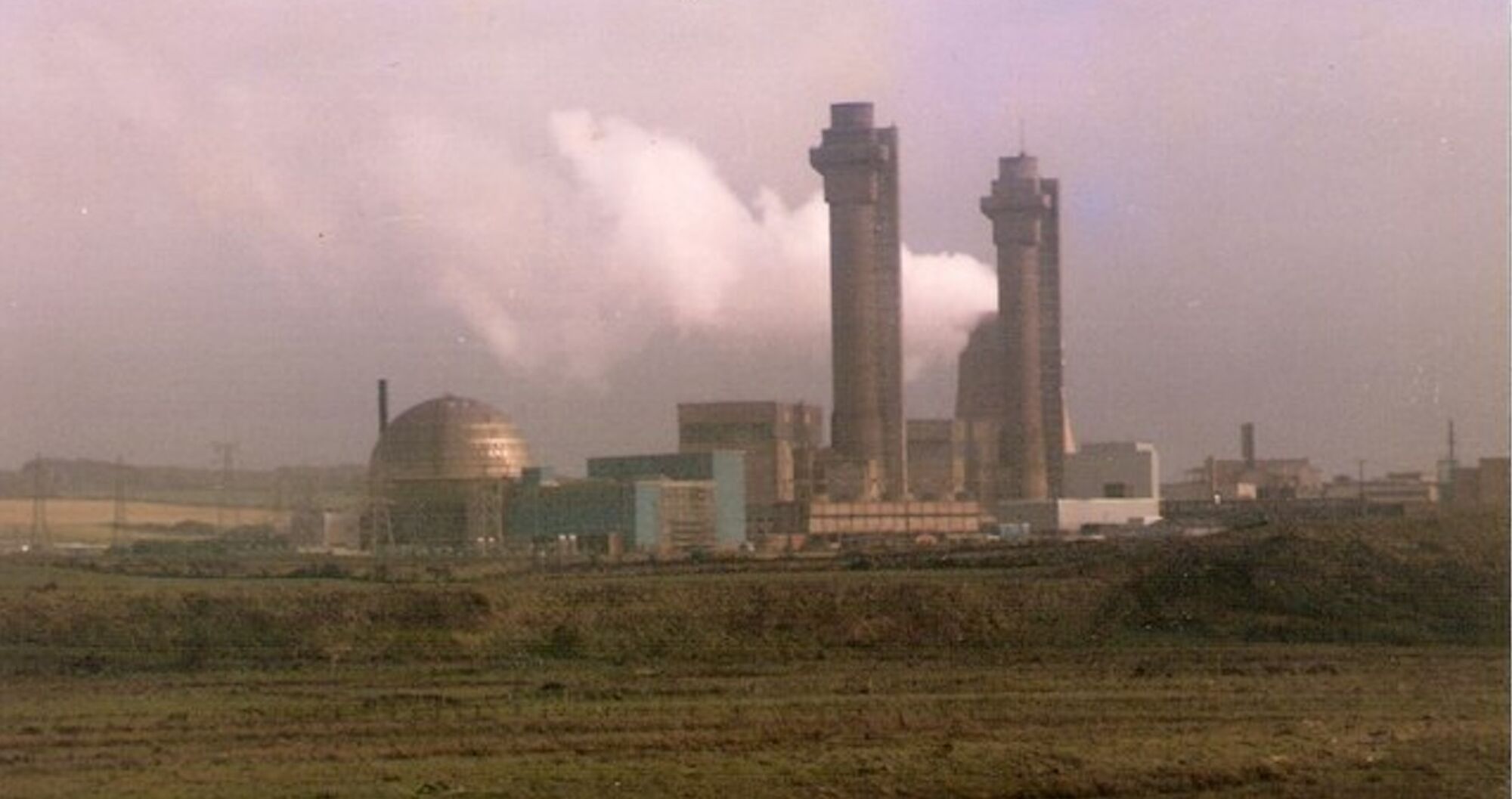
Working in nuclear: West Cumbria
Working in Nuclear
The beginnings of the British nuclear project in the late 1940s intertwined the military industrial complex with hopes for a new powerful energy source.
Britain’s first nuclear reactors, known as 'piles', were developed at Windscale in West Cumbria. Whilst the workforce included skilled tradesmen and scientists recruited from across the country, Windscale also provided employment to former miners and iron founders who helped build and operate the piles. As the nuclear economy grew, Windscale remained linked to its military purposes, reprocessing spent fuel and making materials for bombs. It was also a key location in the civilian energy economy too.
Calder Hall, the world’s first commercial nuclear reactor, was opened by Queen Elizabeth II in 1956. Waste from nuclear plants in Wales, England and Scotland has been reprocessed and stored at Sellafield as well and its operator, British Nuclear Fuels Limited, also signed contracts with foreign governments such as West Germany and Japan.
Windscale was renamed Sellafield after the 1957 Windscale disaster became public knowledge following an inquiry in the 1970s. The site has now entered the decommissioning stage but remained a major employer in West Cumbria.
Working at the new Whitehaven site was presented as a gruelling and demanding but lucrative opportunity. This depiction related to the surroundings and the distance between West Cumbria and major cities as well as to the work itself. On 18 February 1951, the Sunday Express reported that "£40 a week men work to keep away boredom" at the new "atomic factory".
"[These] men have to work – until they feel like dropping among the dreary waste of mud and dirt on the grim Sellafield site, overshadowed by ugly giant chimney for the atomic furnaces and acres of sprawling top-secret buildings".
They were well rewarded for it though:
"except for their craggy hands and weather-eaten faces they look like company directors as they wait for the London express that now stops at Sellafield."
A worker's story
Joe Bell was a second generation nuclear worker at Sellafield, beginning work there in the 1970s.
His father left mining behind to work at the site. During an interview in 2022, Joe described his work at Sellafield and his progression through several jobs, including the notorious B30, 'Dirty Thirty' plant.
"I started making safety equipment for people going into high radiation areas or working on high contamination jobs. I done that for 18 months but I wanted shift work and I couldn’t get it on that dept. I moved into 242 and my father worked there and I stayed int hat dept for a shortwhile. And I moved into labs for five year. After that I moved into B30, the ponds, have you ever heard of it? It was called dirty thirty. That’s what I worked in for most of the time. Basically decanning fuel. The old story, it’s the radiation then. We couldn’t work in there full time all the year because the radiation. So we had a bigger gang of men than the plant required so we were rotated in and out of the building, you know what I mean?"
Joe also described the relationship between his work the nuclear purposes of plutonium processing.
"We used to blend what you would call plutonium and you would blend what you call A grade plutonium. As far as I know there’s only one use for A grade plutonium. We blended it and we sent it to different countries. Exported it from my little plant. As far as I remember understanding A grade is what you use for the bomb."
More resources
A short silent film from British Pathé showing the construction of Calder Hall power station in 1954 including a lorry driving though narrow village streets with a huge section of the plant.
British Pathé news report on the opening of Calder Hall atomic power station by Queen Eizabeth II in 1956. Published on YouTube.
Windscale Piles: Cockcroft's Follies avoided nuclear disaster
BBC article about the 1957 Windscale disaster and the role of the Windscale Piles in preventing much of northern England from becoming a nuclear wasteland, publsihed as the towers entered decommissioning in 2014.
This essay by a third year student at Keele University, in a collection of materials produced for the University's module 'Extinction: Existential Panic since 1945', argues that the Cold War incentivised governments to disregard the risks posed by nuclear power.
Inside Sellafield: how the UK's most dangerous nuclear site is cleaning up its act
Article in Wired magazine (2016) about the complex and lengthy process to decommission the Sellafield site and the people working in this dangerous environment.
Image credits
-
Clouds Over Sellafield, Wikimedia, Chris Eaton, 10 October 1985
Citation
Cite this resource as: Gibbs, Ewan. 'Working in Nuclear: West Cumbria', Energy in History. University of Glasgow, 2024

